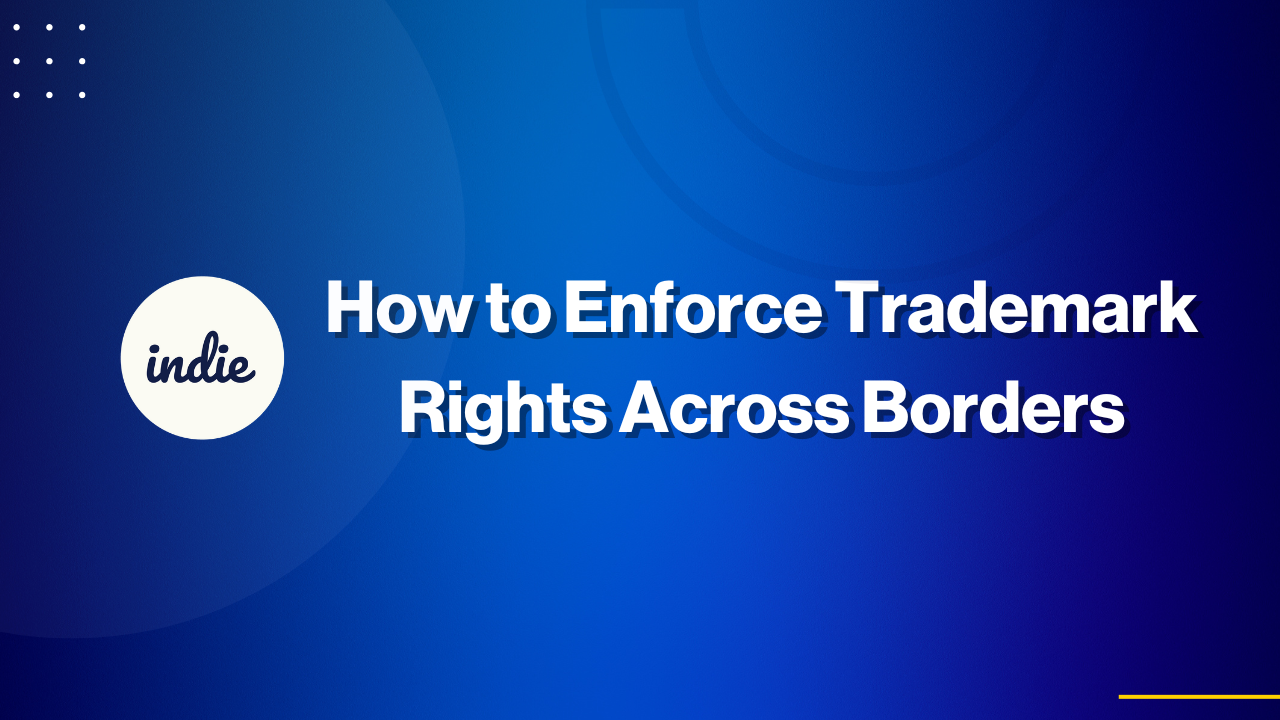Understanding the Challenges of Cross-Border Trademark Enforcement
Enforcing trademark rights internationally presents several challenges:
- Jurisdictional Variations: Each country has its own trademark laws, leading to inconsistencies in protection and enforcement.
- Cultural Differences: Perceptions of trademarks can vary, affecting how infringement is interpreted.
- Enforcement Mechanisms: The effectiveness of legal remedies differs across regions, impacting the ability to address infringements.
These complexities necessitate a strategic approach to international trademark enforcement.
Leveraging International Treaties and Agreements
Several international treaties facilitate the protection and enforcement of trademarks across borders:
- Madrid Protocol: Allows for the registration of trademarks in multiple countries through a single application. As of 2025, it includes 115 members covering 131 countries. Learn more about the Madrid Protocol.
- Paris Convention: Provides a priority right, enabling applicants to use their filing date in one member country as the effective filing date in others. Read about the Paris Convention.
- TRIPS Agreement: Sets minimum standards for trademark protection and enforcement among World Trade Organization members. Find details about the TRIPS Agreement.
Understanding and utilizing these treaties can streamline the process of securing and enforcing trademark rights internationally.
Practical Steps for Enforcing Trademarks Internationally
- Early Registration: Register your trademark in target markets before entering them. Many countries operate on a “first-to-file” basis, meaning the first person to register a trademark owns it, regardless of prior use.
- Monitor for Infringements: Regularly watch for unauthorized use of your trademark. This includes monitoring online marketplaces, social media, and local businesses.
- Engage Local Counsel: Work with attorneys familiar with the local laws and procedures to navigate enforcement actions effectively.
- Utilize Customs Enforcement: Record your trademarks with customs authorities in key countries to prevent the importation of counterfeit goods.
- Educate and Train: Ensure your internal teams and partners understand the importance of trademark protection and the steps to take when infringement is suspected.
Case Study: The Importance of Timely Enforcement
In 2025, Danjaq, the company holding trademarks for the James Bond franchise, faced legal challenges due to alleged non-use of certain trademarks in the UK and EU. An Austrian businessman filed cancellation actions, arguing that Danjaq hadn’t commercially exploited specific Bond-branded goods within the required five-year period. This case underscores the necessity of active use and enforcement of trademarks to maintain rights. Read more about this on The Times.
Internal Resources for Further Guidance
For a comprehensive understanding of trademark registration processes, refer to our detailed guide: How to Trademark Your Business in 2025: Step-by-Step Legal Guide.
This resource offers insights into securing your brand’s identity from the outset, laying the foundation for effective international enforcement.
Conclusion
Enforcing trademark rights across borders in 2025 requires a proactive and informed approach. By understanding international treaties, engaging local expertise, and maintaining vigilant monitoring, businesses can protect their brand integrity worldwide.
If you need assistance with international trademark enfo

